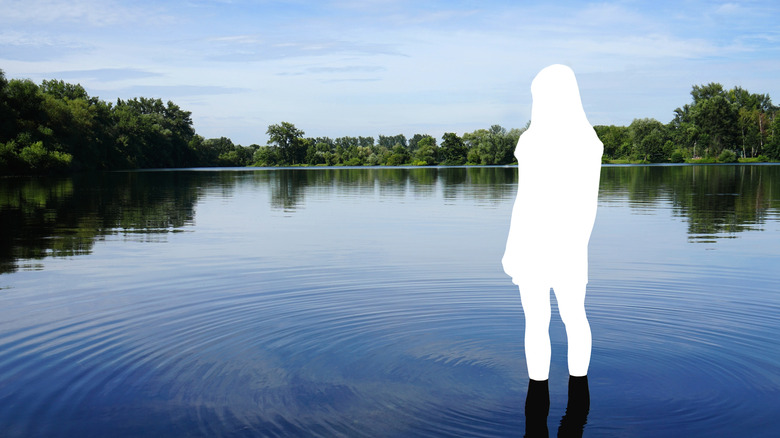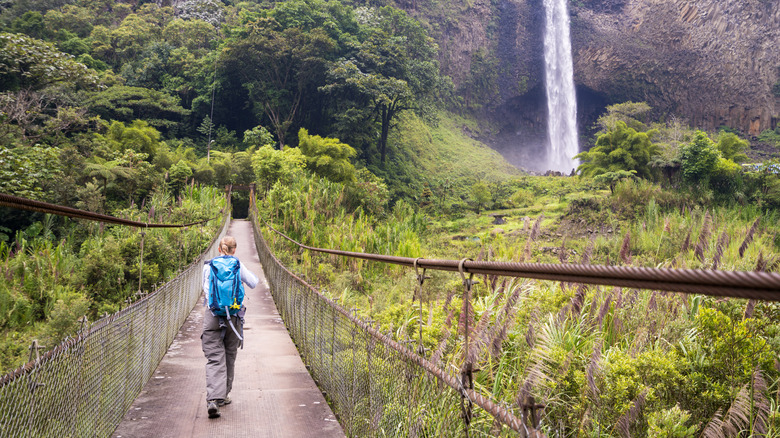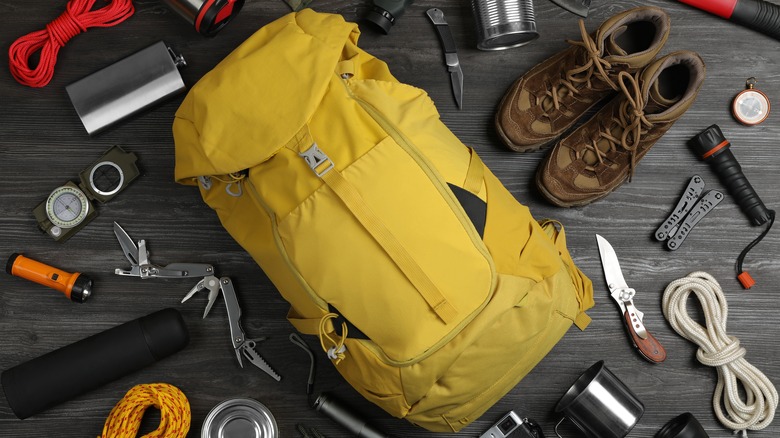Do People Mysteriously Vanish In National Parks? What To Know And How To Visit Safely
We hear of many tragic stories on the news involving a national park and another missing person report. The unfortunate reality is that not all missing persons are found, which sometimes leads to conspiracy theories attempting to explain why they mysteriously vanished, from alien abductions to human-hunting sasquatches. According to a study by SmokyMountains.com, these dubious hypotheses would fall under the category of "other," amounting to only 1% of reasons people get lost. Natural explanations are statistically and realistically more likely the case. The study found that 41% of hikers get lost by wandering off the trail. Other reasons for disappearances include bad weather (17%), falling off the trail (16%), getting separated from a group (8%), injuries (7%), darkness (6%), and equipment issues (5%). Therefore, the vast wilderness, environmental factors, and lack of preparation and survival skills are the main reasons people "mysteriously" vanish.
Since only one of these factors is under your control, let's focus on the lifesaving knowledge and skills needed for adventuring in a national park. The most important principle to follow is "advanced planning." Whether you're heading out for a day trip, overnight stay, or even a short stroll, it's crucial to inform someone of your plans — especially if you're traveling solo. The USDA Forest Service advises sharing exact details of your trip, including where you are going, the trail you plan to follow, your expected return time, the vehicle you are driving, where you plan to park, and the number of people in your group.
Safety tips for visiting a national park
While it's also recommended never to hike alone, realistically, this isn't always possible. But it's worth noting that solo hikers, especially those out for just a day, are most likely to get lost or put in danger. This is mostly due to a lack of supplies to stay in the park any longer than just the excursion day. This is why detailed planning and informing others of your itinerary are critical — but the preparation should not stop here.
Always make sure you have all necessary maps accessible. The National Parks Service offers park maps, road closure information, and wildlife guides to help keep you safe. But don't just keep these on your phone; print or pack maps for your next trip. Moreover, it's a good idea to also check in with a national park ranger or information station before embarking on your journey. It is possible that the latest updates on trail closures, bear sightings, and safety conditions may change on the day.
Do you know what else can change on the day? Weather. Especially in volatile places like the mountains, it can transform rapidly and unexpectedly. Check the forecast before heading out, as it can change from when you initially planned your trip. With that being said, always wear appropriate clothing for the environment, climate, and a potential emergency, be it a warmer set of clothes, extra socks, or sturdy hiking footwear. As always, stay on marked trails to avoid getting lost.
Gadgets and items that could save your life while lost in a national park
Nobody ever imagines getting lost while setting out on a national park adventure, but evidently, it can happen even when following the necessary safety precautions. Unexpected weather like storms, a distraction that may lead you off the path, or even natural debris forcing you another way. The point is you can never be too safe, and having a proper wheelhouse of gadgets at your disposal can ultimately save your life if you were ever to get lost.
The quickest and most convenient option for outdoor preparedness is to invest in a multi-tool kit known as an EDC (Everyday Carry) kit. This term, originating from the military, refers to a customizable collection of essential tools that are unique to the owner. However, various pre-made assortments are available for purchase, each tailored with specific tools.
If you prefer to build your own national park gear kit, start with a GPS device that provides both navigation and satellite messaging. Keeping your electronics powered is equally important, so a portable charger or solar charger is a must. You can also never go wrong with the traditional, must-have basics: compass, water filters, flashlights, emergency shelter, safety whistles, first aid kits, and firestarters reliable enough for wet conditions. A driver safety kit is also wise, especially in winter conditions. Items like a shovel, chains, sand, an extra sweater, and snow equipment can be lifesavers in a cold-weather emergency.


